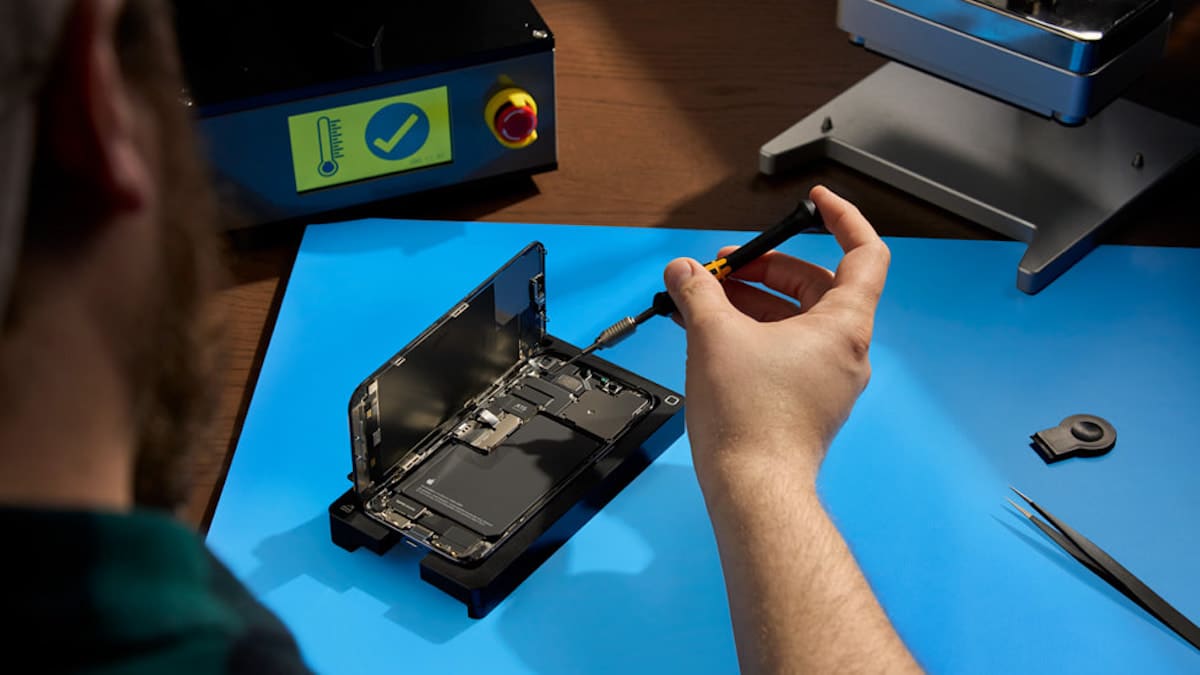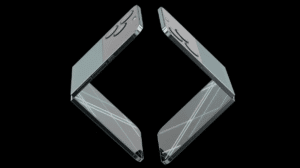In a major shift towards user choice and repairability, Apple is introducing a significant update for iPhones in late 2024. This update will allow users to utilize third-party displays and batteries, offering more repair options and potentially extending device lifespan. However, some limitations exist, such as potential variations in True Tone performance with non-Apple displays and unverified data for third-party batteries.

True Tone, a feature enhancing display color accuracy, has historically been disabled on iPhones using non-Apple screens. However, Apple’s forthcoming update in 2024 will enable users to activate True Tone on third-party displays, albeit with potential variations in performance. Users will have the flexibility to disable this feature if necessary, highlighting Apple’s dedication to maintaining high-quality standards while accommodating third-party repairs. From Apple’s latest paper:
Due to the fact that Apple does not have calibration data for third-party parts, the device software will use either existing or default calibration settings. One example is True Tone, which uses advanced sensors to adjust the color and intensity of the display to match ambient light so images appear more natural. True Tone requires precise calibration to function properly, and it is not possible to engage a default calibration for third-party displays, which can result in unexpected behavior. For this reason, Apple disables the True Tone feature when third-party displays are used, but enables all other aspects of the display. In an effort to offer more complete support for third-party parts, starting later in 2024, Apple will allow consumers to activate True Tone with third-party parts to the best performance that can be provided.

Presently, iPhones with third-party batteries lack essential metrics such as maximum capacity and cycle count, due to Apple’s verification constraints. To enhance transparency, Apple plans to display these metrics starting later this year, accompanied by a notification cautioning about their unverified status. This development aims to empower users with crucial information while acknowledging potential discrepancies in data accuracy from third-party sources.
Currently, battery health metrics such as maximum capacity and cycle count are not presented to consumers whose devices have third-party batteries. This is because the accuracy of these metrics cannot be verified by Apple. In fact, an Apple internal analysis has found that some third-party batteries sold as new are actually secondhand, with battery health metrics manipulated to appear as new. In an effort to improve support for third-party batteries, starting later in 2024, Apple will display battery health metrics with a notification stating that Apple cannot verify the information presented.

By expanding software support for third-party displays and batteries, Apple aims to extend device lifespan and reduce electronic waste. This strategic shift not only responds to consumer demand for more repair options but also sets a precedent in the tech industry for promoting sustainability and user autonomy in device maintenance.
Read more:



